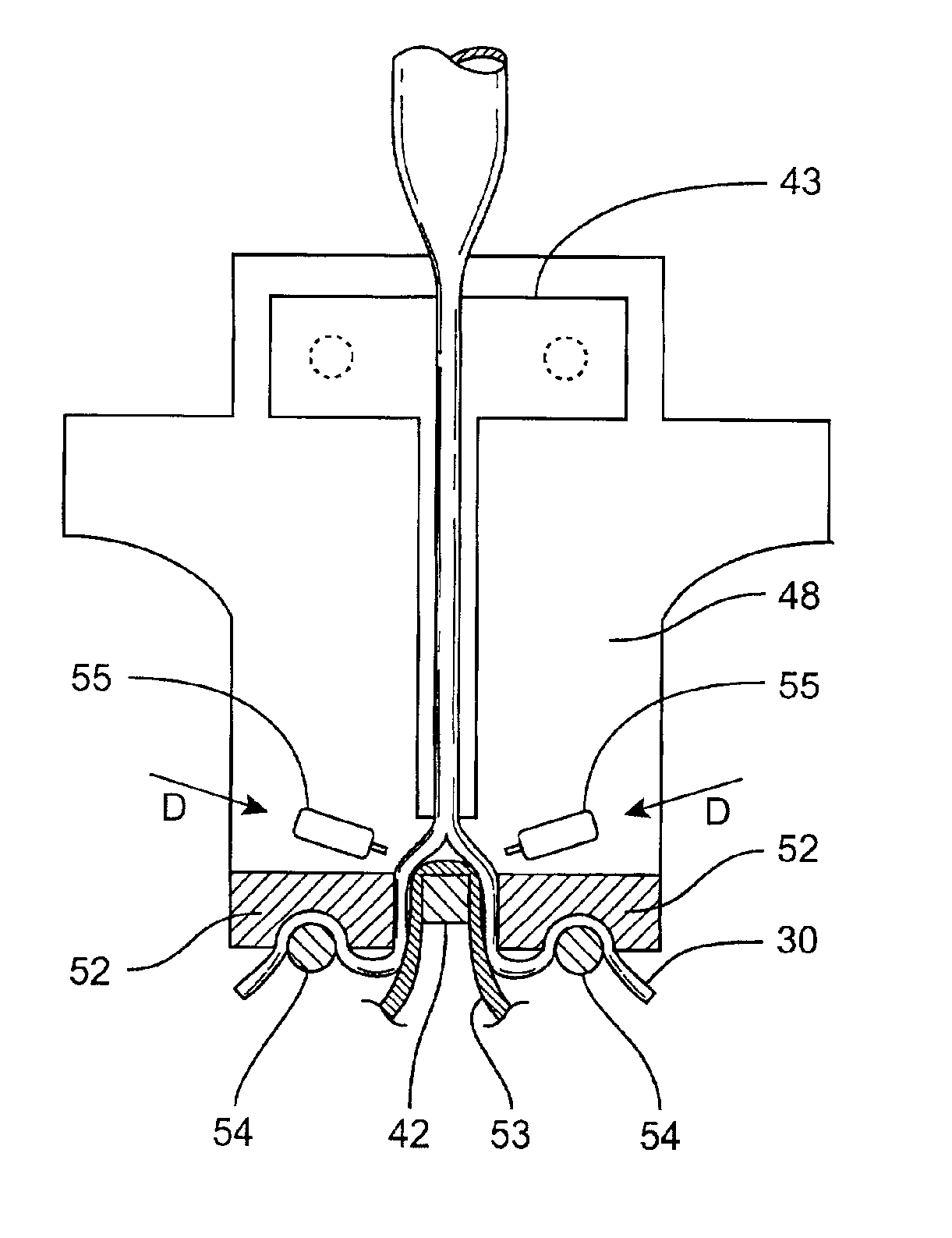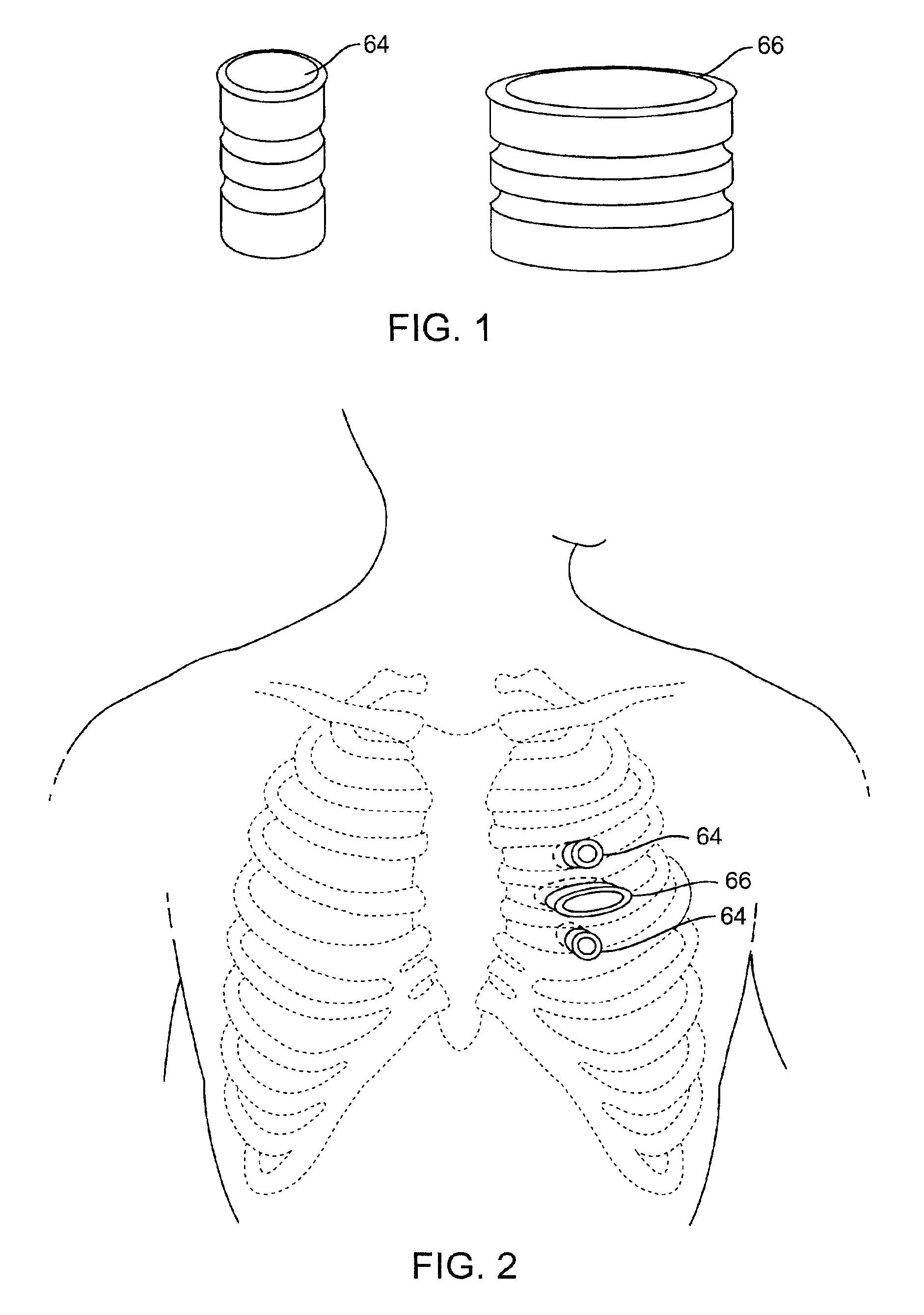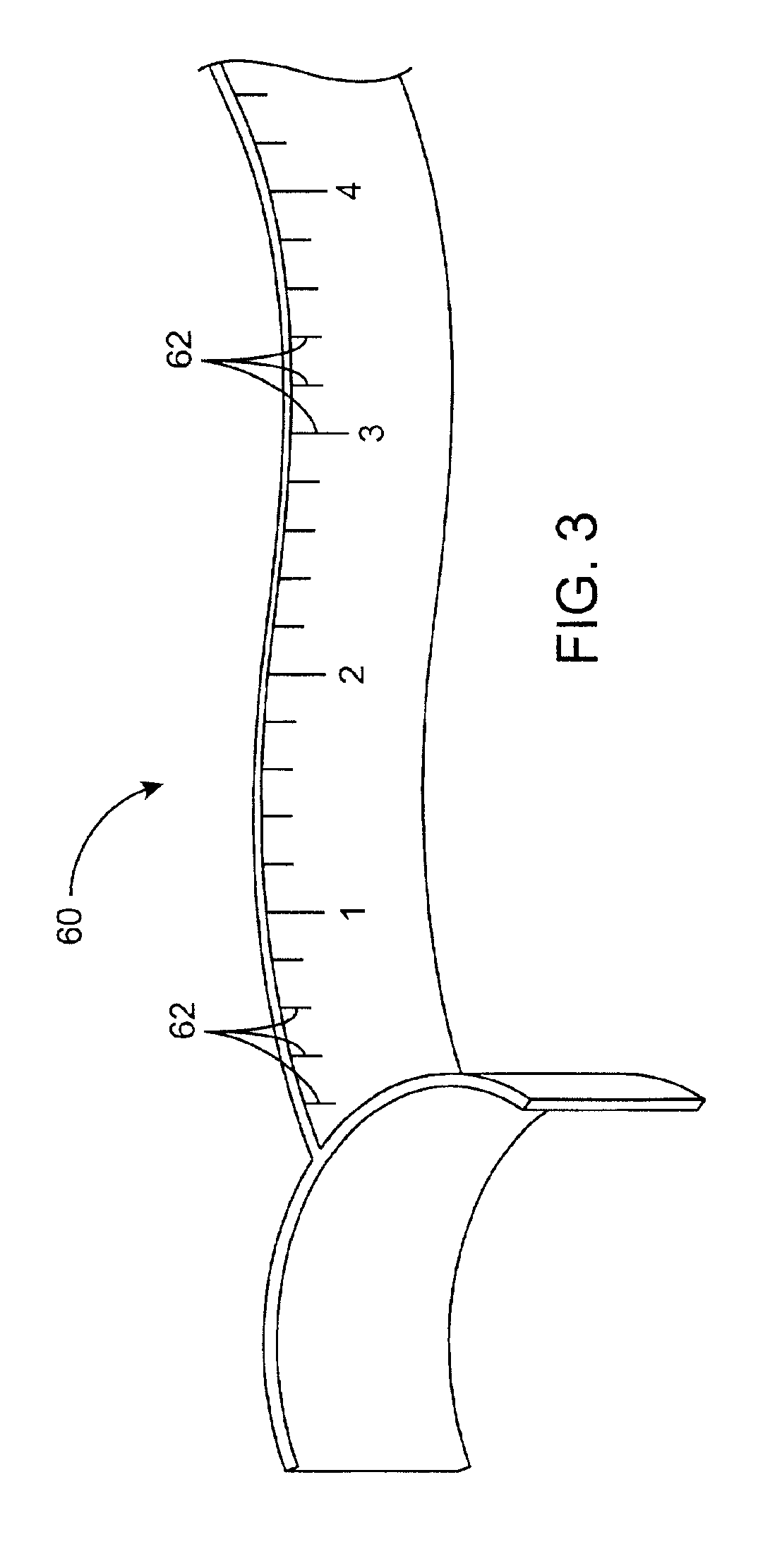Method and system for performing closed-chest bypass
a closed-chest, coronary artery technology, applied in the field of system and procedure for performing minimally invasive coronary artery bypass graft, can solve the problems of requiring substantial recovery time, patient may experience a variety of physiologic abnormalities, and a large amount of skill and time in making the incision, so as to achieve the effect of more rapid recovery and faster operation
- Summary
- Abstract
- Description
- Claims
- Application Information
AI Technical Summary
Benefits of technology
Problems solved by technology
Method used
Image
Examples
Embodiment Construction
The coronary artery bypass graft surgery (CABG) procedure described herein involves performing two anastomotic procedures, one on each end of a graft vessel. Each end of the graft vessel is attached to a target vessel with an end-to-side anastomosis. The proximal anastomosis is performed on one end of the graft vessel that is attached to the source of blood (e.g. the aorta) and the distal anastomosis is performed on the other end of the graft vessel that is attached to the destination of the blood flowing through it (e.g. a coronary artery). For each graft vessel, the proximal anastomosis procedure generally is performed before the distal anastomosis procedure. Alternately, the distal anastomosis procedure may be performed first for one or more of the grafts. During a single CABG procedure, multiple grafts may be placed, depending on the needs of the patient. For example, the patient may have blockages in three different coronary arteries, in which case three different grafts are pl...
PUM
 Login to View More
Login to View More Abstract
Description
Claims
Application Information
 Login to View More
Login to View More - R&D
- Intellectual Property
- Life Sciences
- Materials
- Tech Scout
- Unparalleled Data Quality
- Higher Quality Content
- 60% Fewer Hallucinations
Browse by: Latest US Patents, China's latest patents, Technical Efficacy Thesaurus, Application Domain, Technology Topic, Popular Technical Reports.
© 2025 PatSnap. All rights reserved.Legal|Privacy policy|Modern Slavery Act Transparency Statement|Sitemap|About US| Contact US: help@patsnap.com



